Over time, your Windows 11 PC may experience issues like reduced performance, driver errors, or system glitches that affect your productivity. When standard troubleshooting steps don't resolve these problems, performing a factory reset can restore your computer to its original condition. This is also essential if you're planning to give away or sell your PC, as it ensures all your personal data is completely removed. Below, we'll guide you through two methods to factory reset your Windows 11 device: using the Settings app and the Windows Recovery Environment (WinRE).
Factory reset Windows 11 from Settings
Step 1: Open the Settings app by clicking on the Start Menu and selecting the Settings icon. Alternatively, you can quickly open it by pressing Windows + I on your keyboard.
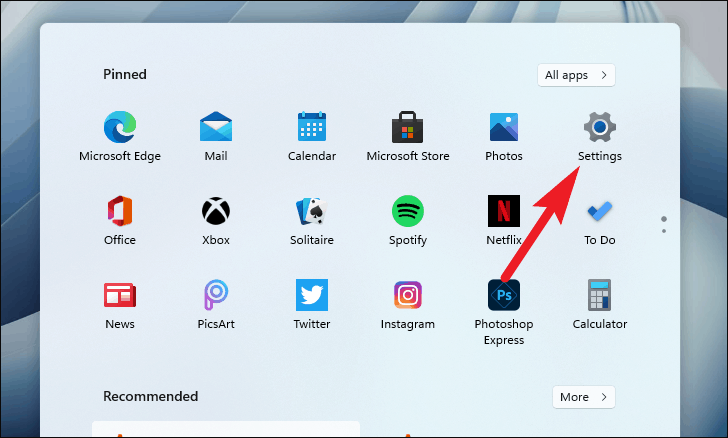
Step 2: In the Settings window, click on the System tab located on the left sidebar.

Step 3: Scroll down through the System settings and click on Recovery to access recovery options.
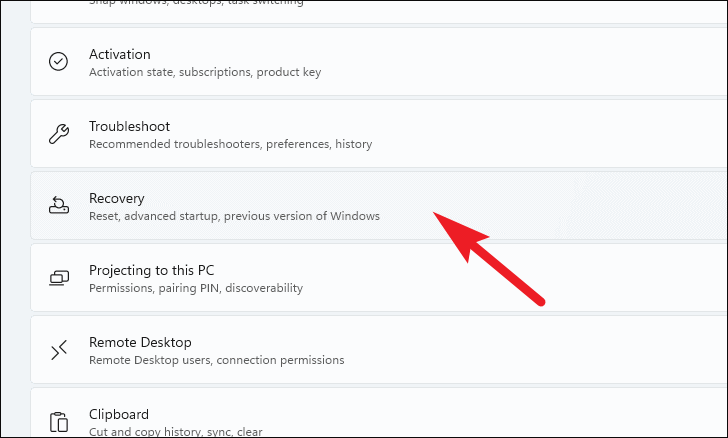
Step 4: Under Recovery options, click on the Reset PC button next to the "Reset this PC" option.

After clicking the Reset PC button, a new window will appear with two options:
- Keep my files: This option reinstalls Windows and keeps your personal files, but removes apps and settings.
- Remove everything: This option removes all personal files, apps, and settings, restoring your PC to a completely clean state.
Step 5: Choose your preferred option. In this example, we'll select Remove everything.
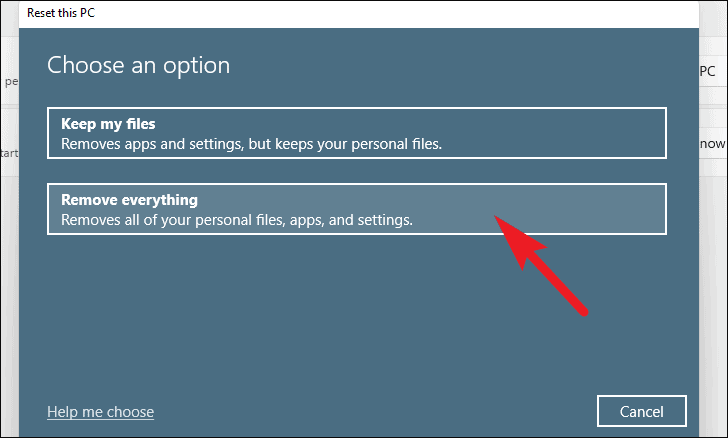
Step 6: Next, select how you want to reinstall Windows. You can choose between Cloud download and Local reinstall. The Cloud download option downloads a fresh copy of Windows from Microsoft's servers (approximately 4GB of data), which can be more reliable. The Local reinstall option uses files already on your PC, which may be faster but could be affected if system files are corrupted.
Note: Both options do not require any external installation media.
For this example, we'll select Cloud download.

Step 7: Review the current reset settings. If you wish to change any settings, click on Change settings.
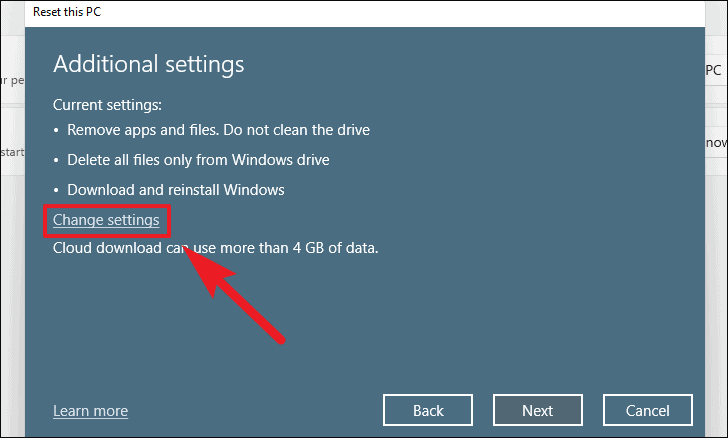
Step 8: In the Choose settings window, you have the following options:
- Clean data? Toggle this to Yes if you want to thoroughly erase your files, making them harder to recover (recommended if you're giving away your PC).
- Delete files from all drives? Switch this to Yes to remove files from all drives, not just the one where Windows is installed.
- Download Windows? Change this if you want to switch between Cloud download and Local reinstall.
Adjust the settings as needed. In this example, we'll enable Clean data?.
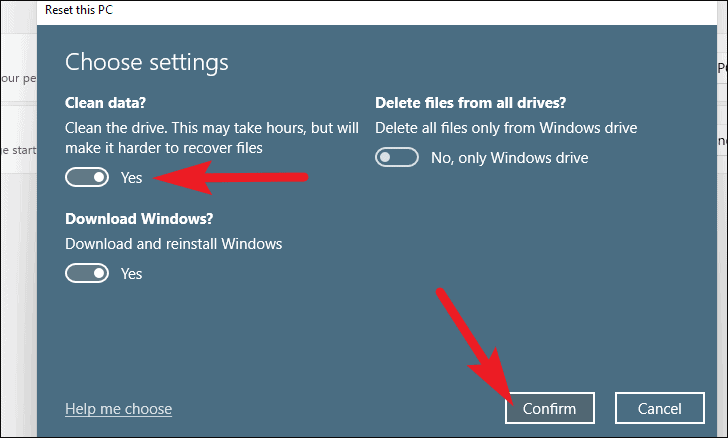
Step 9: Click on Confirm to save your settings, then click on Next to proceed.

Please wait while Windows prepares to reset your PC. This might take a few moments.

Step 10: Finally, review the information on the Ready to reset this PC screen. When you're ready, click on Reset to begin the process.

Your computer will restart and begin the reset process. This may take several hours depending on your system and the options you've selected. Your PC may restart multiple times during this process, which is normal.
Factory reset Windows 11 from Recovery Mode
If you're unable to access the Settings app due to severe system issues, you can reset your PC using the Windows Recovery Environment (WinRE).
Step 1: To boot into recovery mode, click on the Start menu and select the Power icon.
Step 2: Press and hold the Shift key on your keyboard, then click on Restart.
Your PC will restart and boot into the Windows Recovery Environment.
Step 3: On the Choose an option screen, select Troubleshoot.
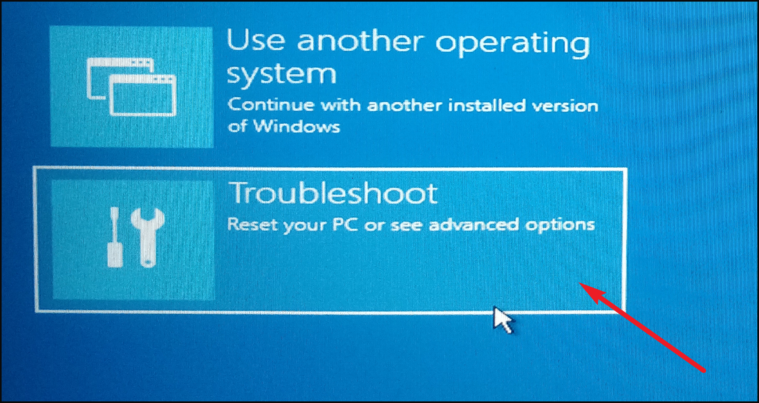
Step 4: Click on Reset this PC.
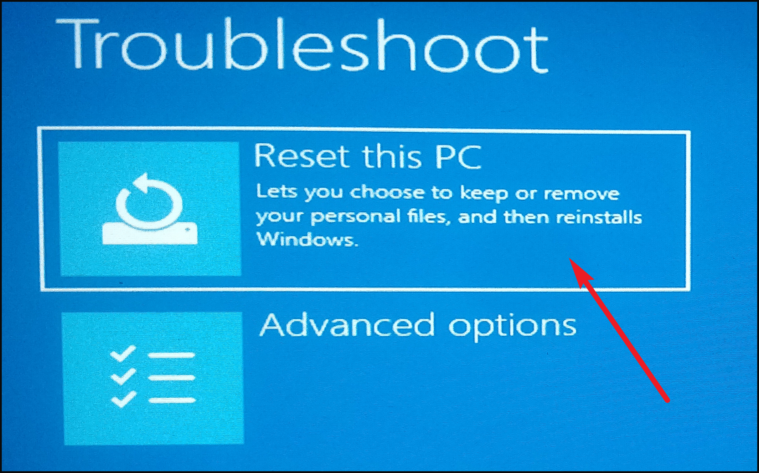
Step 5: Choose whether you want to Keep my files or Remove everything, similar to the previous method. In this example, we'll select Remove everything.
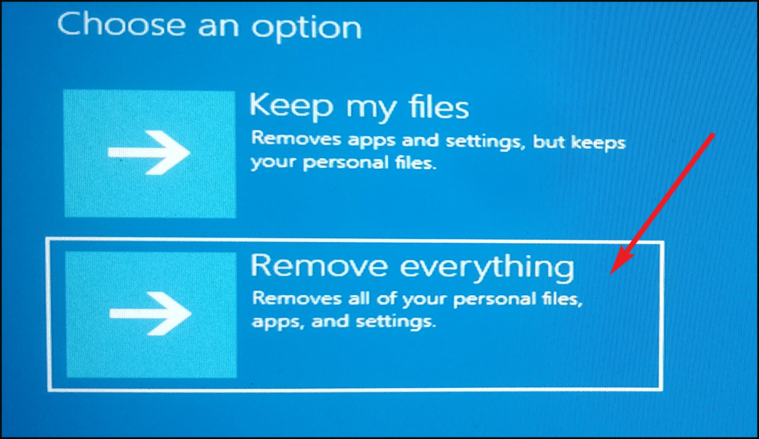
Step 6: Select how you want to reinstall Windows. Choose between Cloud download and Local reinstall. We'll choose Local reinstall for this example.
Note: No external installation media is required for either option.
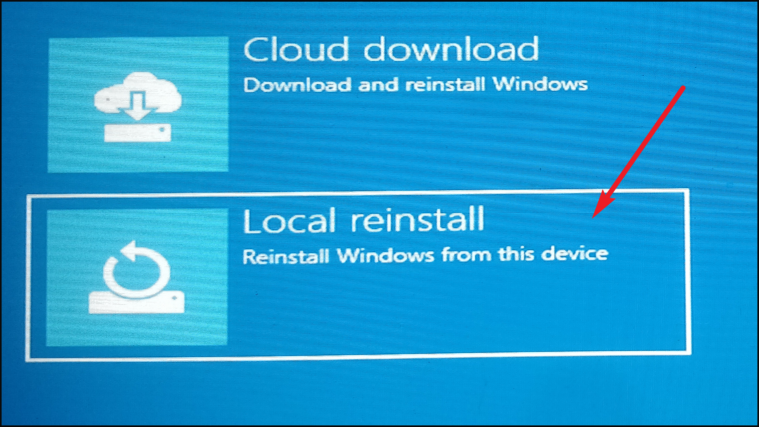
Step 7: Decide whether to remove files from only the drive where Windows is installed or from all drives. Click on Only the drive where Windows is installed to remove files from the system drive only.
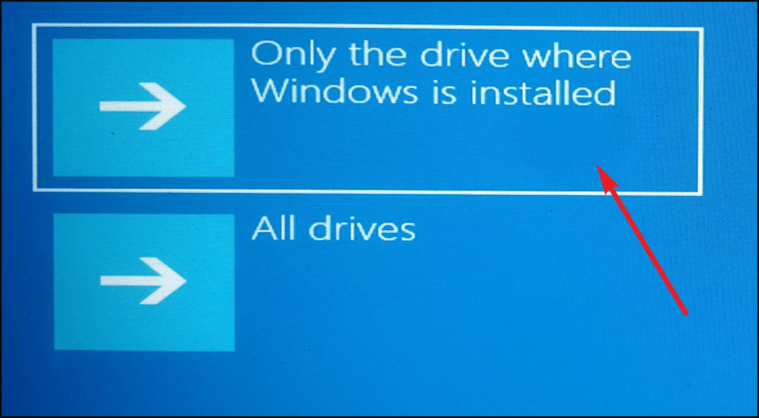
Step 8: Choose the cleanup level. Select Just remove my files for a quick reset. If you're giving away your PC and want to ensure files cannot be recovered, choose Fully clean the drive. Here, we'll select Just remove my files.
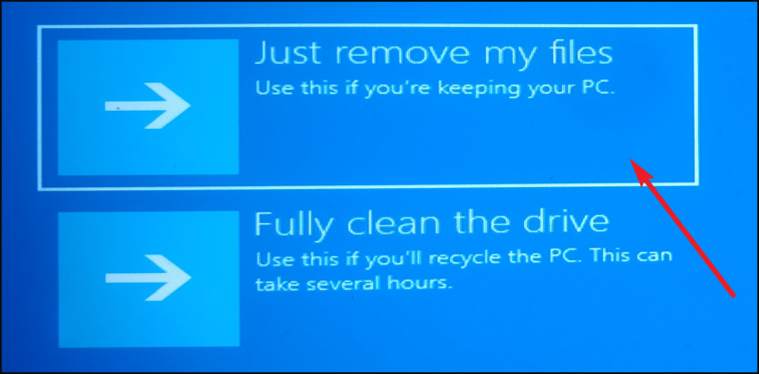
Please wait while Windows prepares to reset your PC.
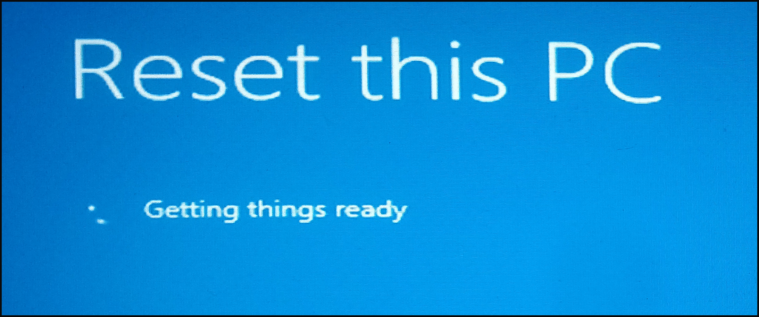
Step 9: Review the reset information provided. When you're ready, click on Reset to begin the process.
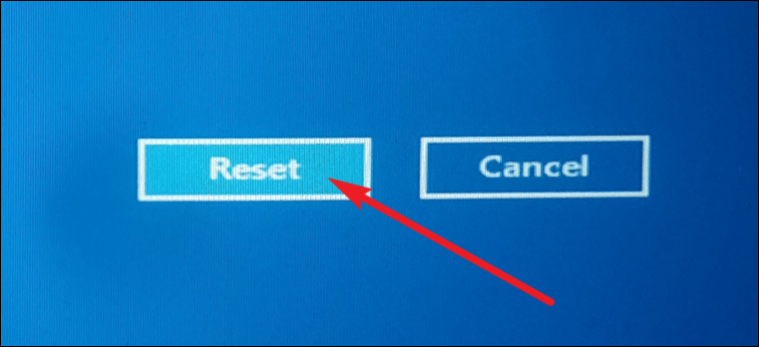
Your PC will start the reset process, which may take some time. The computer will restart several times during this process.
Performing a factory reset can resolve persistent system issues and ensure your personal data is erased when disposing of your PC. By following these methods, you can restore your Windows 11 device to its original state.

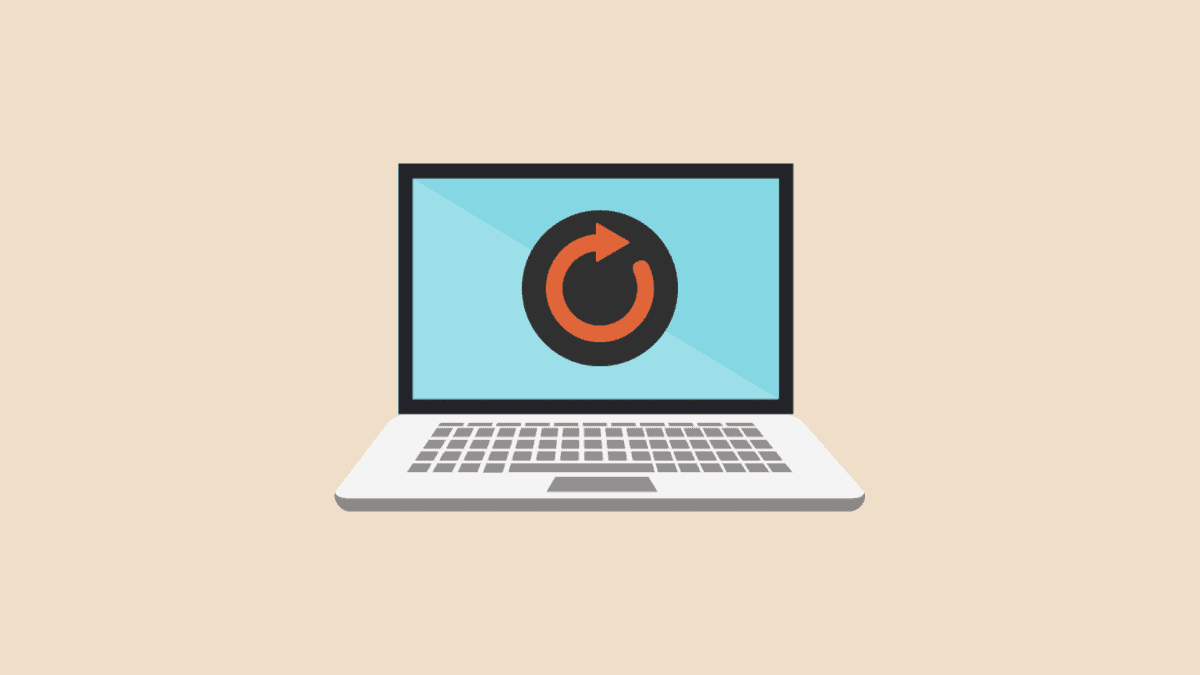








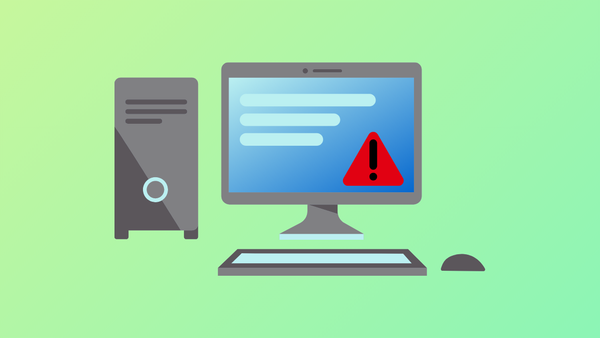
Member discussion